
The Shoana Church in Karachay-Cherkessia
Alex Svirkin (CC BY-SA)Christianity in the Caucasus appeared even before the formation of the Russian state — in the 6th century the faith came from Byzantium to the realm of the ancient Alans (modern North Ossetia and Karachay-Cherkessia). The golden period of Christianity in the region came in the middle of the 10th century, and several unique churches have survived. Today, they’re the most ancient existing structures in Russia.

This church on the shore of the Teberda River in Karachay-Cherkessia was founded in 965. The one-domed basilica church was rebuilt in the 19th century; in Soviet times it served as an orphanage, after which it was abandoned.
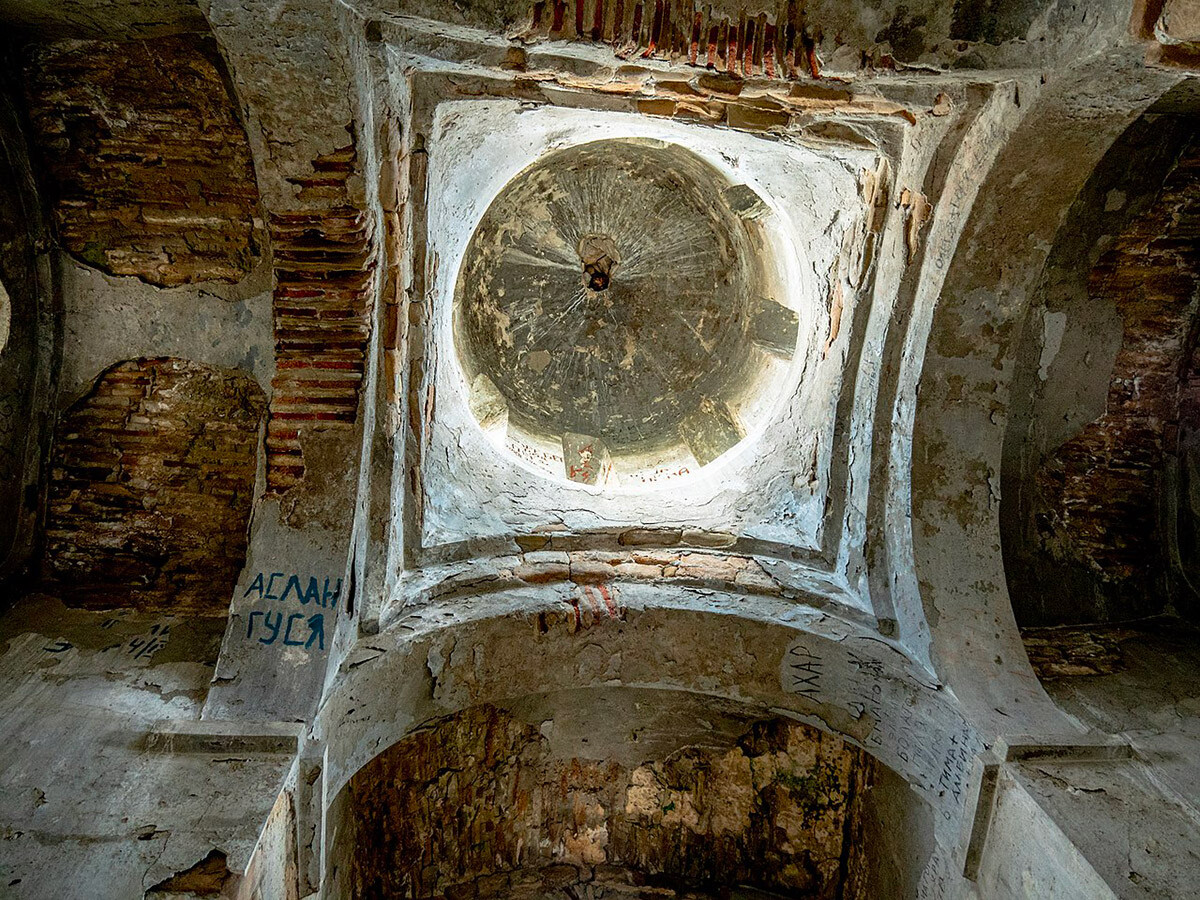
Ancient frescoes have survived in the half-ruined church, which is now being restored.
This complex, which is comprised of three churches that were built in the 10th century, is located in the village of Lower Arkhyz in Karachay-Cherkessia. Today, it’s believed that this is the site of the now-ruined and forgotten city of Maghas, which was the capital of ancient Alania. In 1802, Russian General Alexei Potemkin was the first person to pay attention to the ruins of the so-called Nizhnearkhyzskoe gorodishche; he also made the first sketches of the churches.
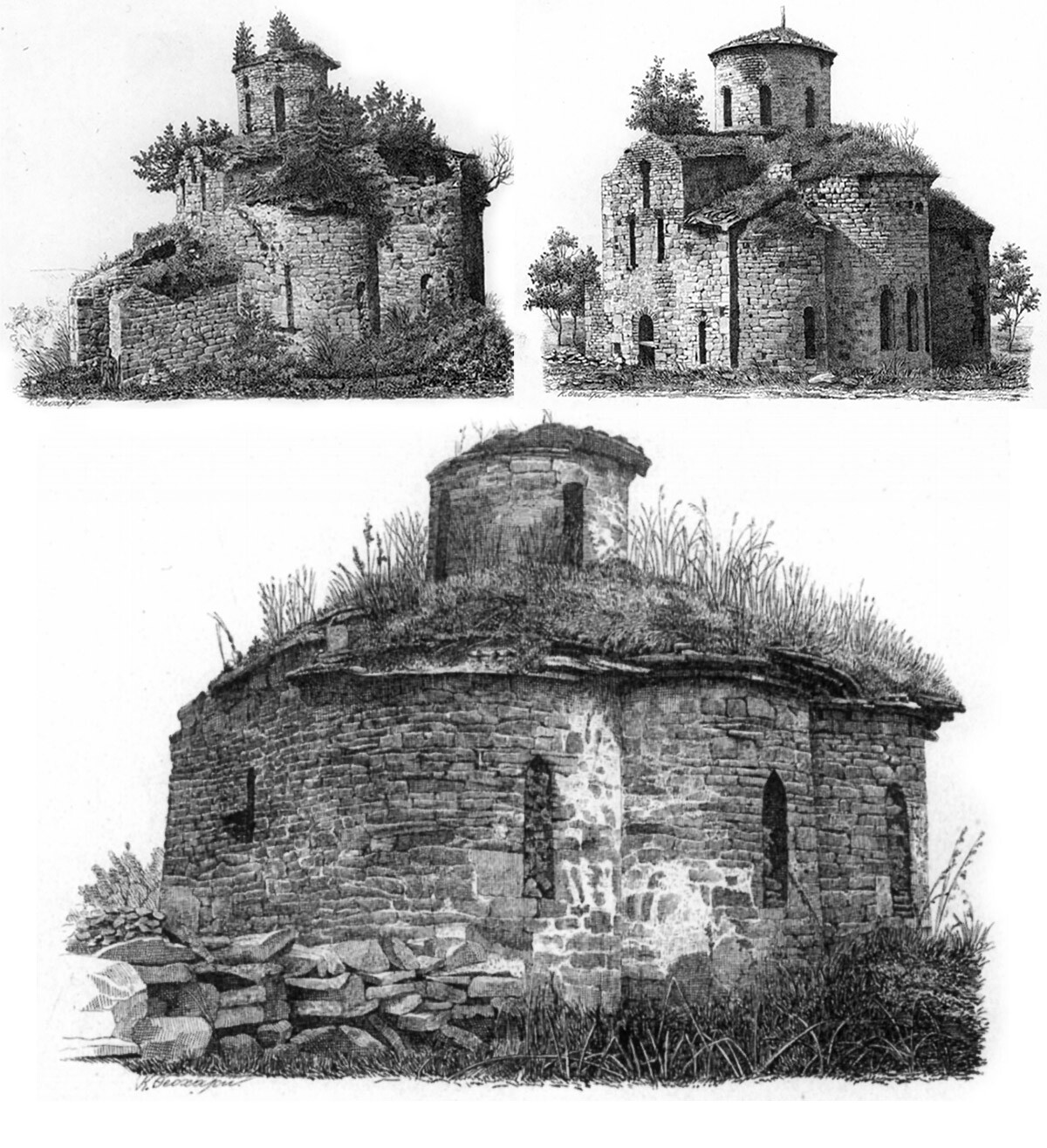
1891 sketches
E.I.FesenkoUnlike the majority of basilicas, these churches have a more complex, cross-domed structure. The North Church was a cathedral of the diocese of Alania of the Byzantine Church, and was most likely dedicated to Saint Nicholas.
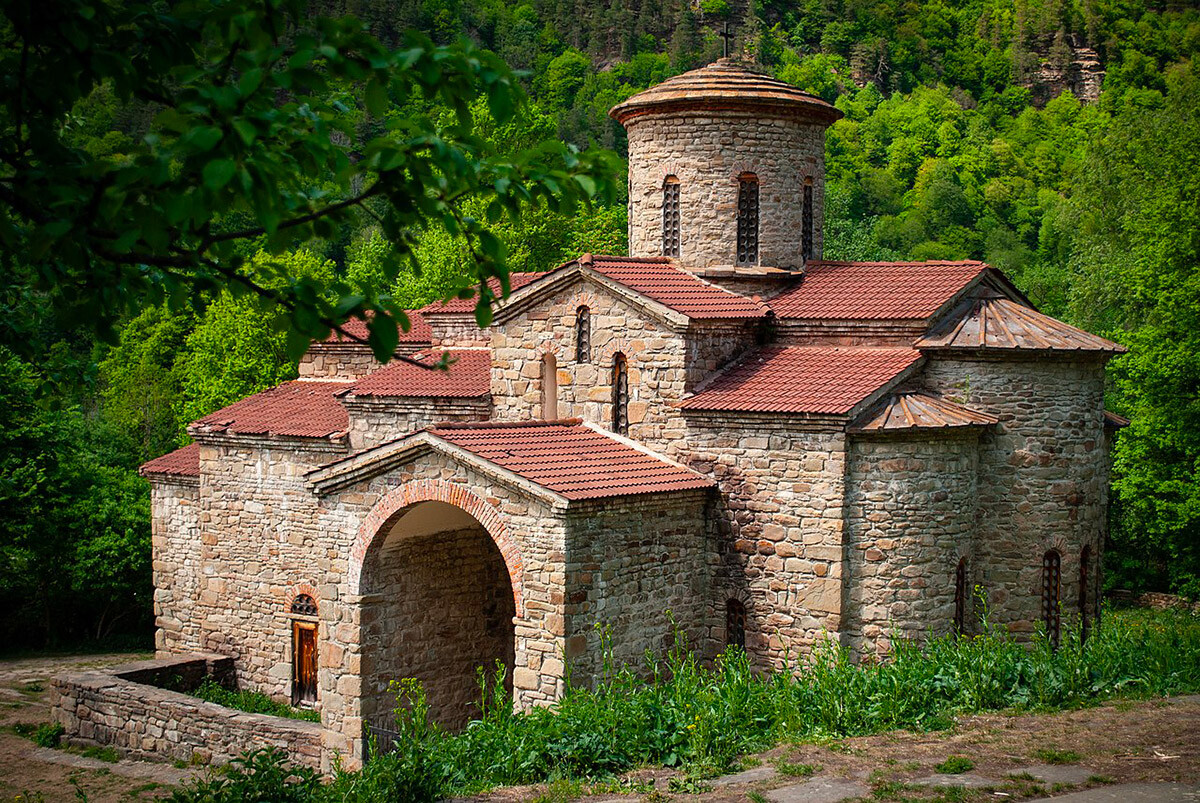
The North Zelenchuksky Church
Anna Kotelnikova (CC BY-SA)The Central Church was possibly dedicated to Christ the Savior; its walls retain fragments of frescoes. In the 19th century it became the cathedral of the newly-built Monastery of St. Alexander Nevsky, and divine services were held there.
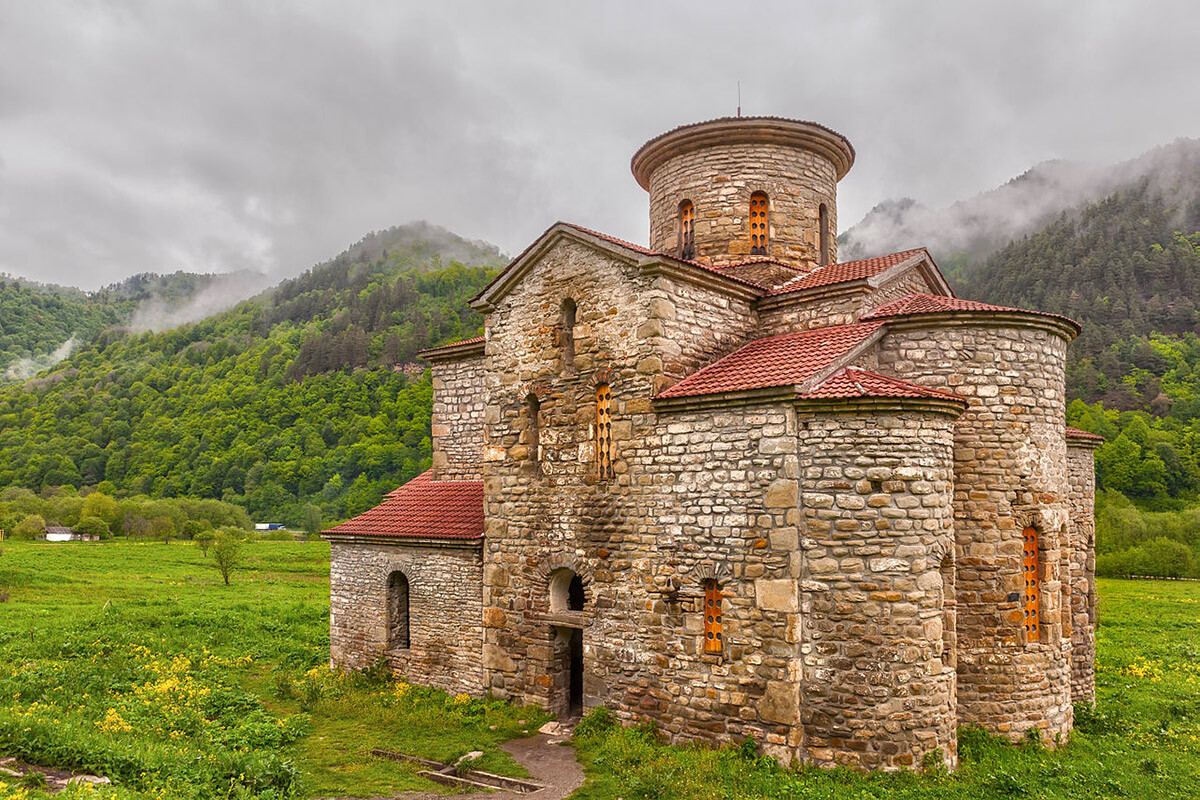
The Central Zelenchuksky Church
Anton Zelenov (CC BY-SA)The South Church is considered to be the most ancient out of the three; in the 19th century it also became a part of the monastery and was entirely rebuilt. In 1991, it was consecrated to the Prophet Elijah; today, it’s a fully operational church.
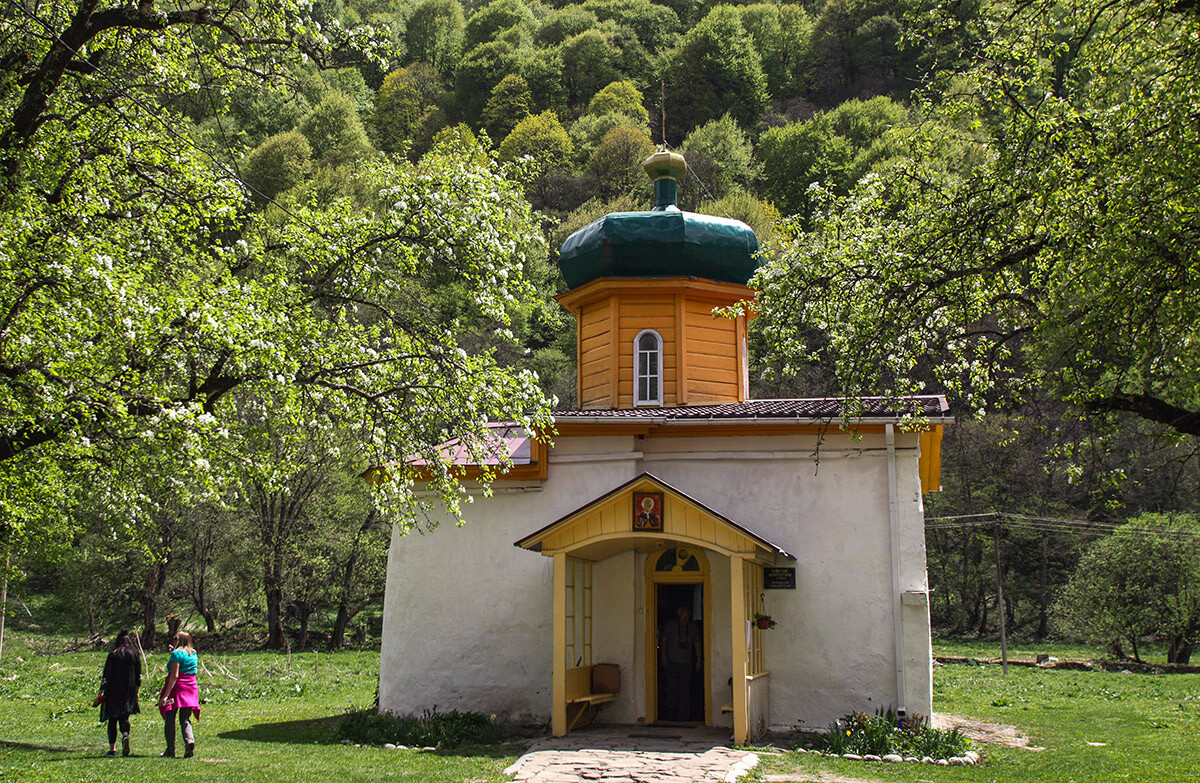
The South Zelenchuksky Church
Denis Abramov/Sputnik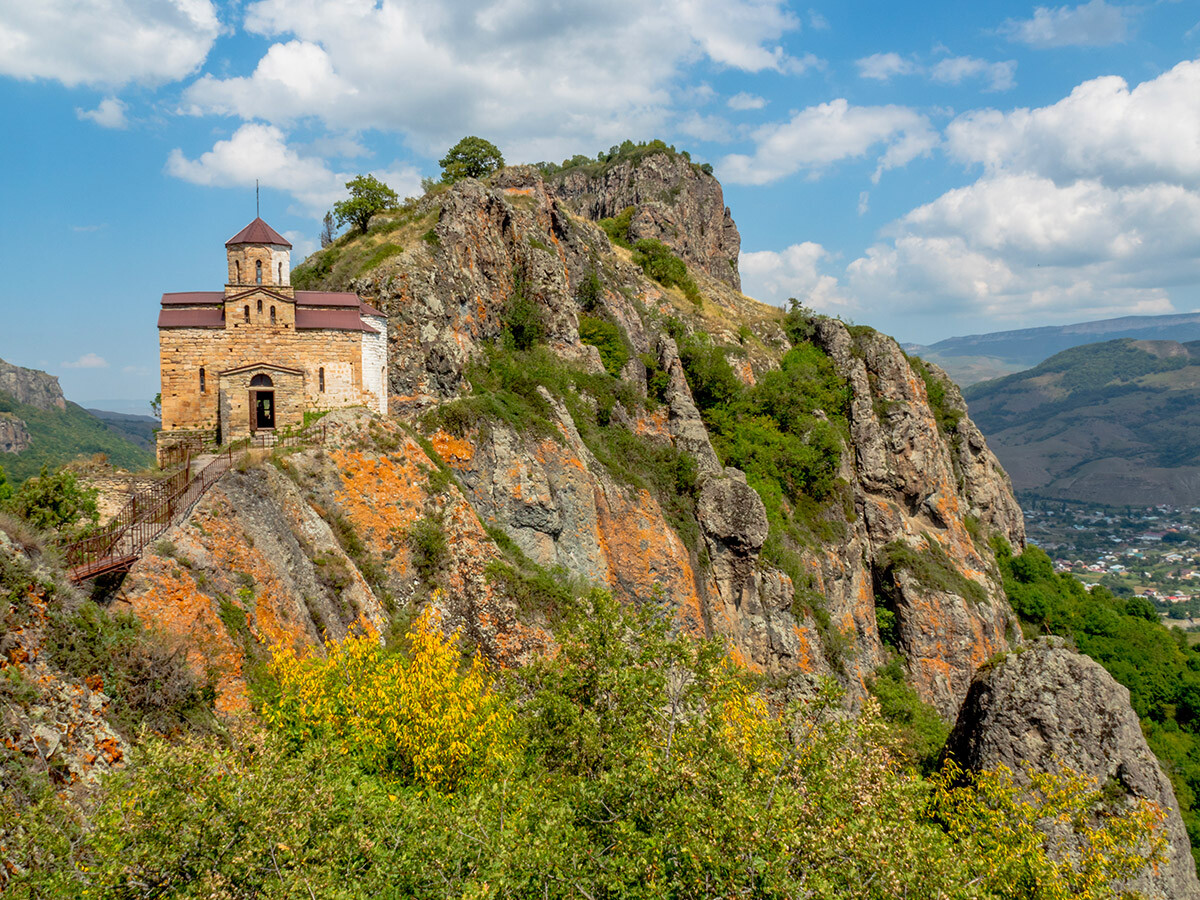
This is another ancient cathedral of the Alania Diocese located on the territory of modern Karachay-Cherkessia. It was also built in the 10th century, on the slope of Mountain Shoana, which was once a very populated place. At the end of the 19th century the church became a part of the Monastery of St. Alexander Nevsky.
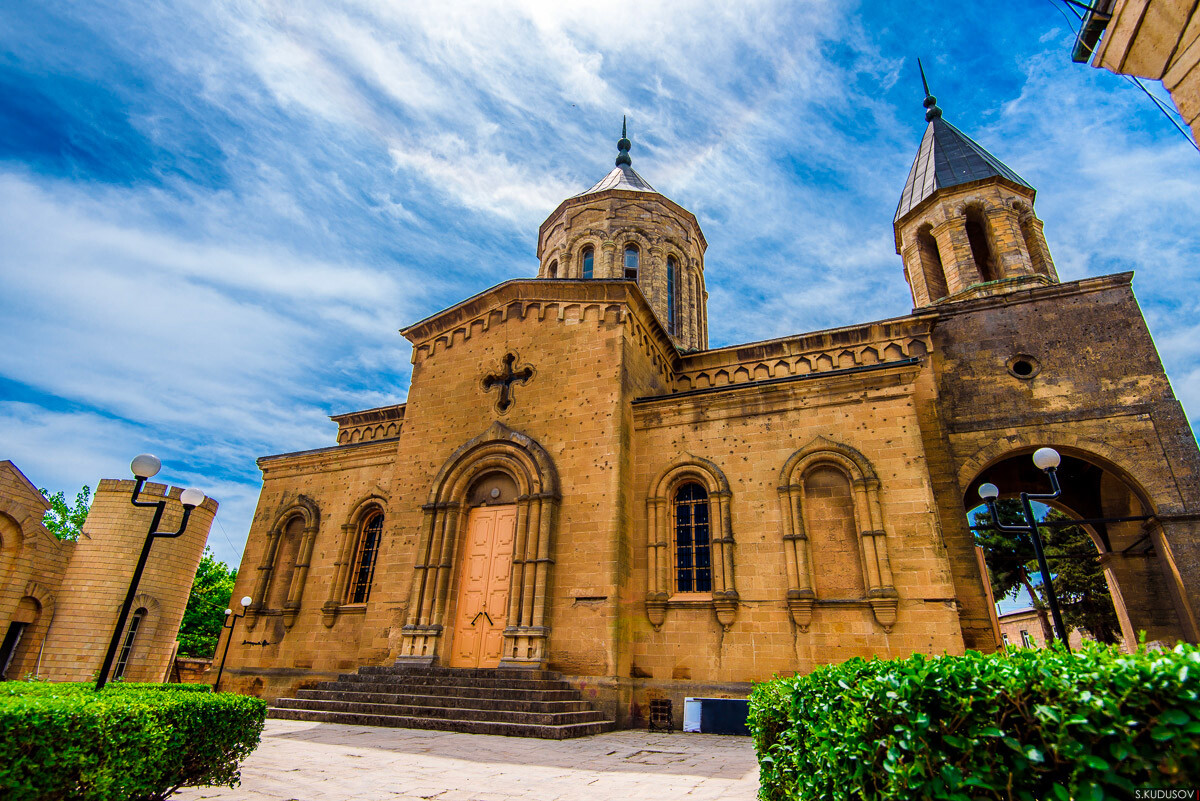
The Georgian and Armenian churches also were active in the “spiritual education” of the mountain people of Dagestan. In 1860, the Armenian Apostolic Church was built in the ancient city of Derbent.
Apart from that, there’s an underground building in the citadel, Naryn-Kala, which is Derbent’s most ancient structure (as well as for all of Russia). For a long time, it was believed to be a water reservoir, but now researchers lean towards the theory that it was a Christian church built in the 4th century.
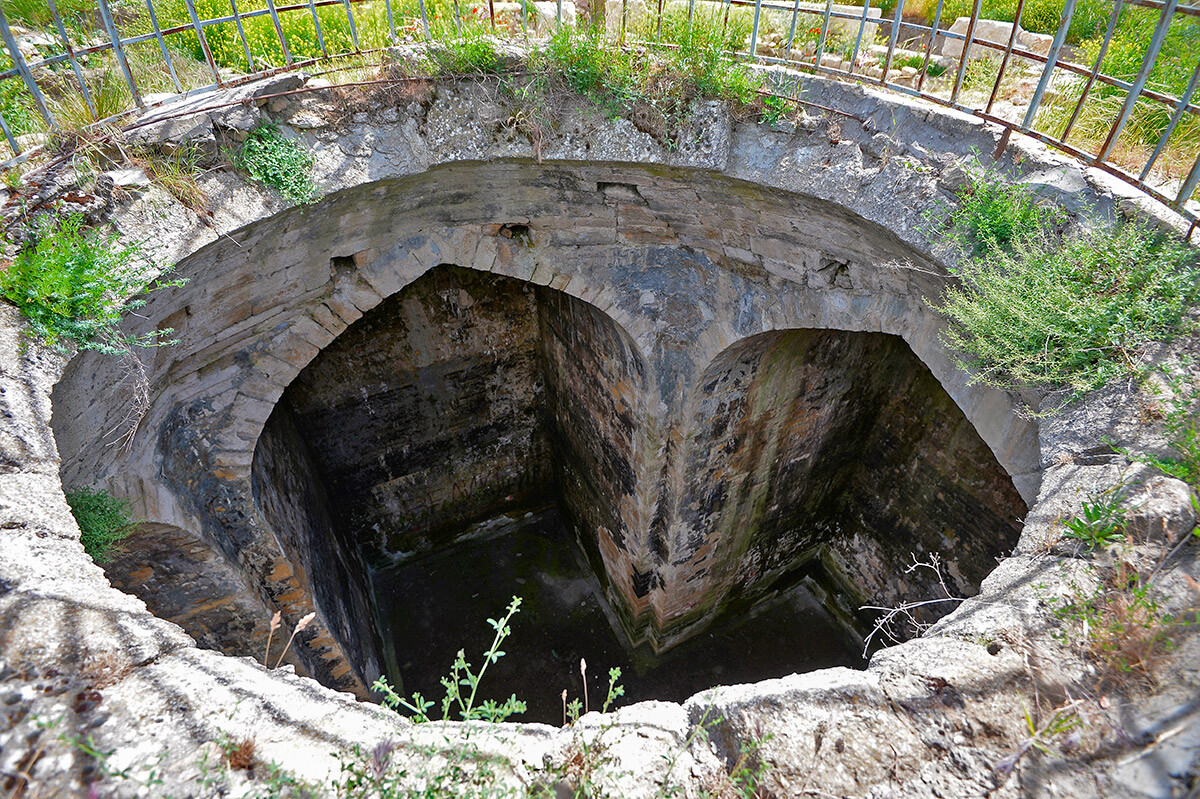
Like in Derbent, Makhachkala had Orthodox churches that were built at the end of the 19th century during the time of the Russian Empire, but then destroyed in Soviet times.
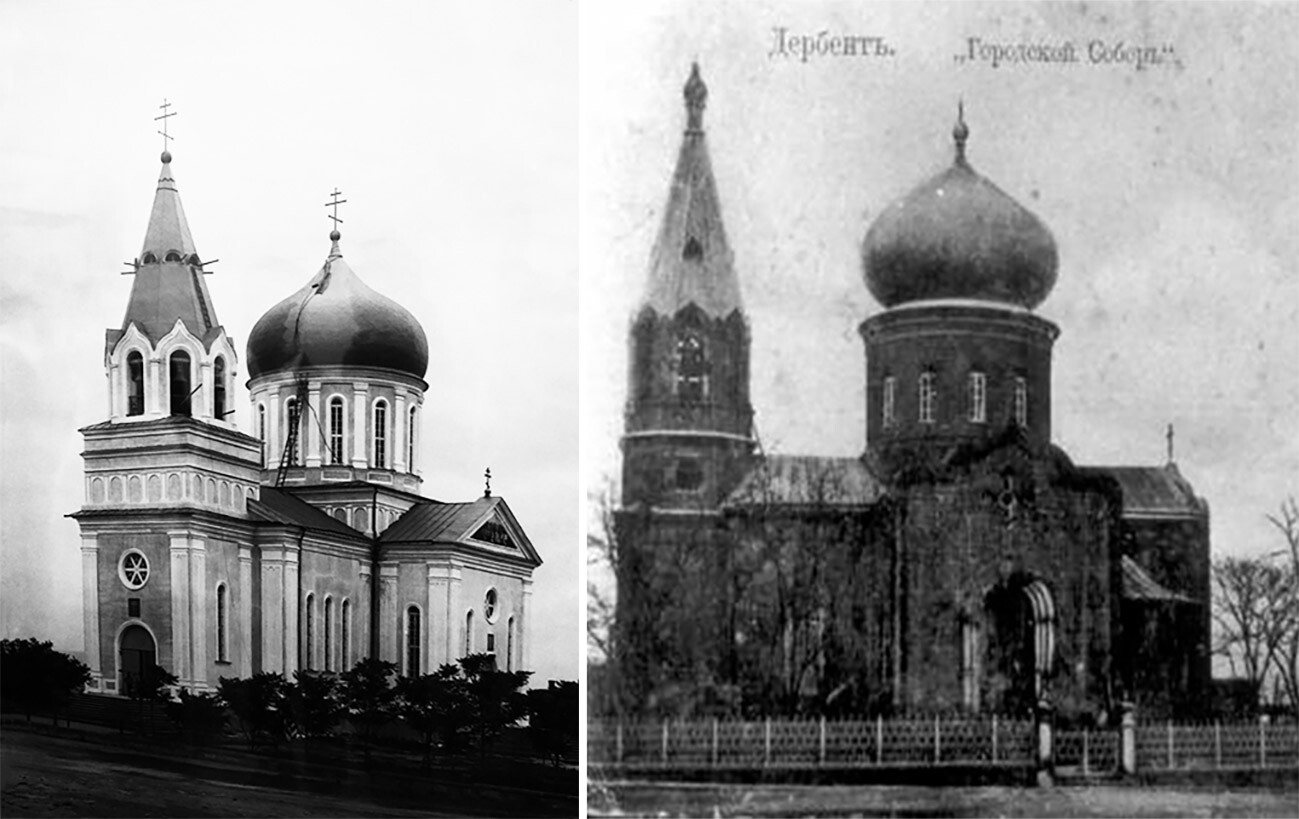
On the right: St. Alexander Nevsky Cathedral in Makhachkala. On the left: The Cathedral of St. George the Victorious in Derbent
Shamil Magomedov (CC BY-SA); Public domainThe main cathedral of the Makhachkala Diocese of the Russian Orthodox Church was built in 1905, and funds for it were given personally by Nicholas II. It was consecrated to the Mozdok version of the Iverskaya Icon of the Virgin Mary, which is considered to be the patroness of the Caucasus.
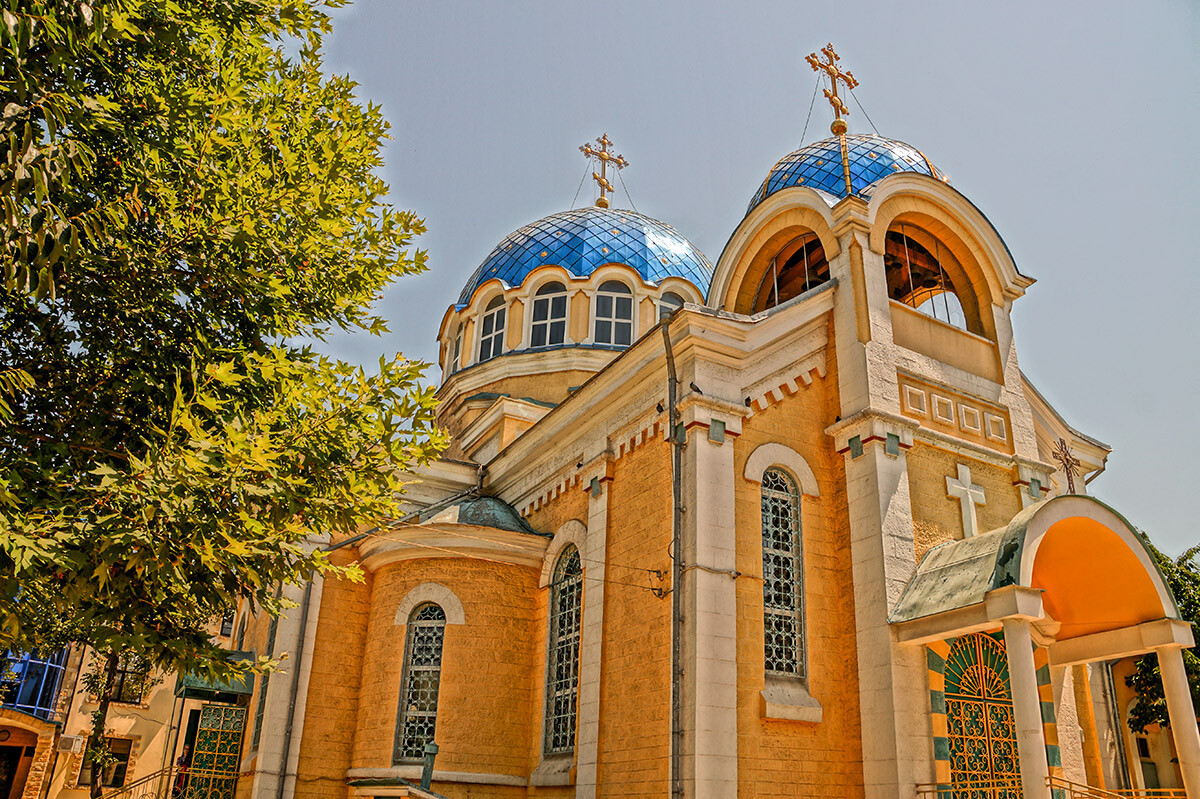
The Assumption Cathedral in Makhachkala
Moneycantbuy (CC BY-SA)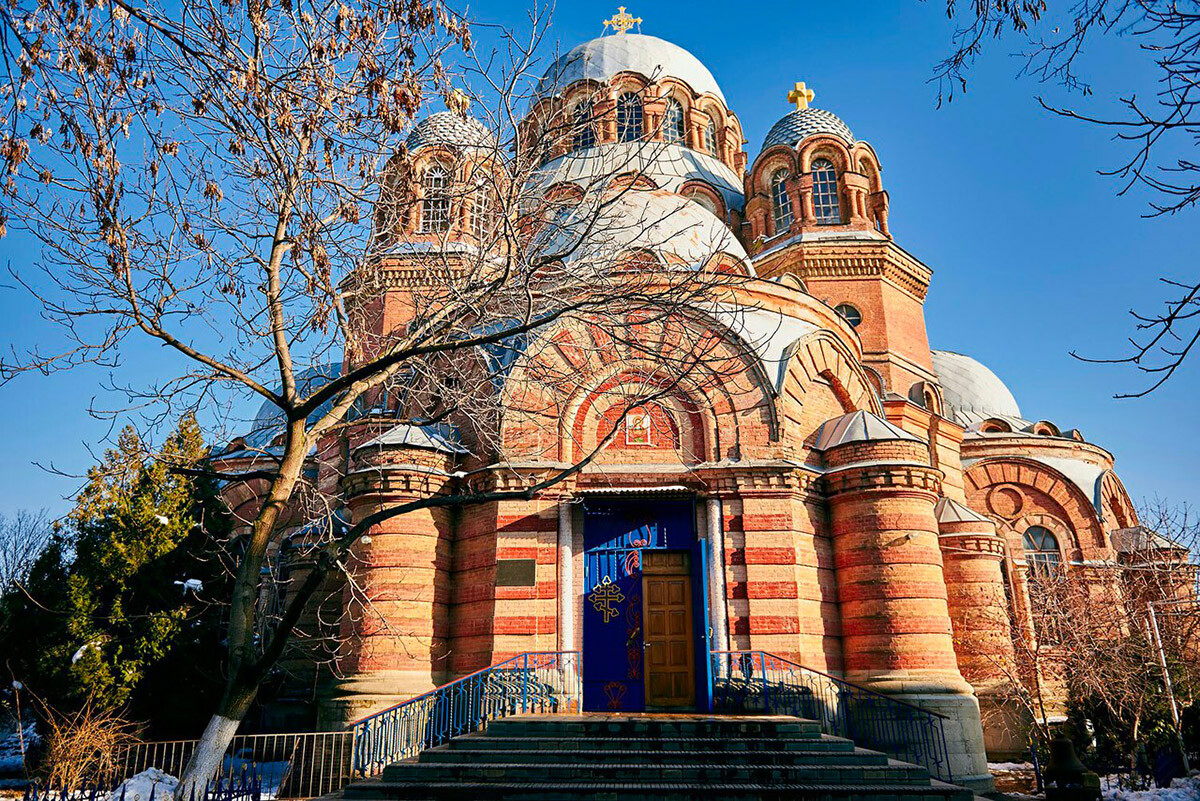
This church, dedicated to the icon Znameniye (or Our Lady of the Sign) is the largest Orthodox Christian church of the North Caucasus. It was built in 1903-1904 in the neo-Byzantine style in honor of the 300th anniversary of the House of Romanov. Although the general architectural ensemble survived the Soviet era, the inner decoration was seriously damaged.
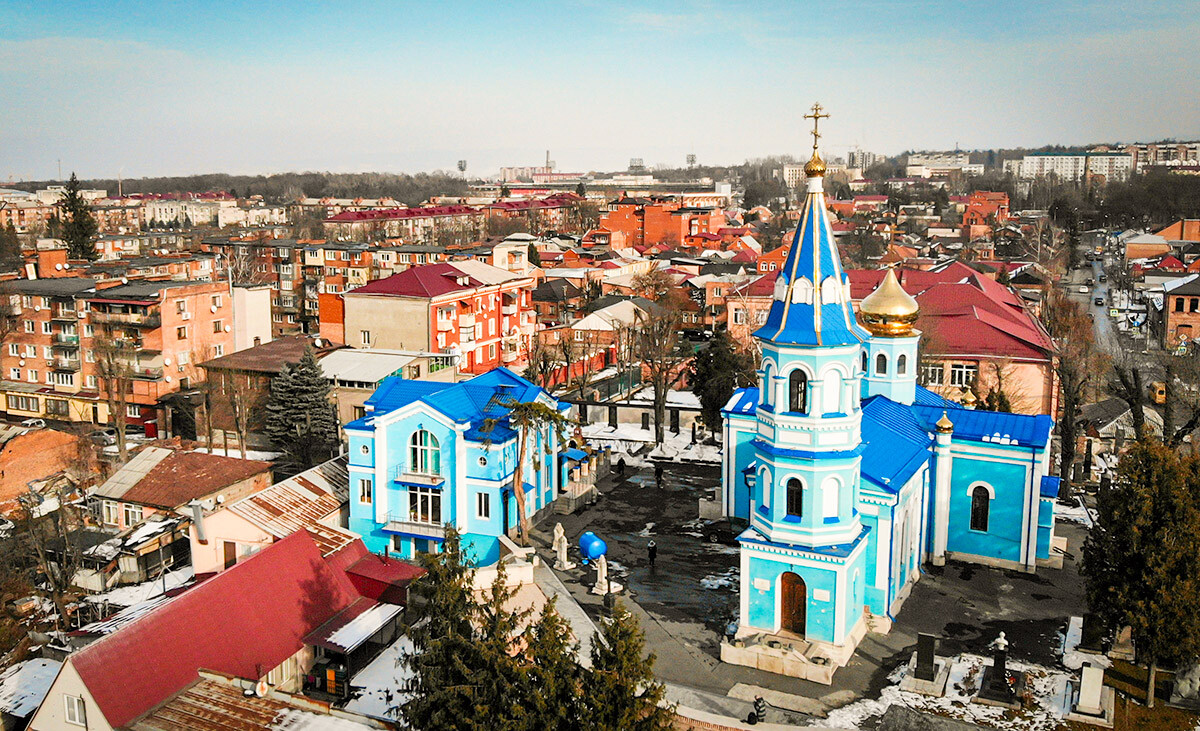
The year 2022 marked the 1100th anniversary of the baptism of Alania (the historic name of North Ossetia). Several ancient Orthodox churches in the capital city, Vladikavkaz, were destroyed in Soviet times. The Church of the Nativity of the Virgin Mary, which was built in 1814, is now the city’s oldest Orthodox church.
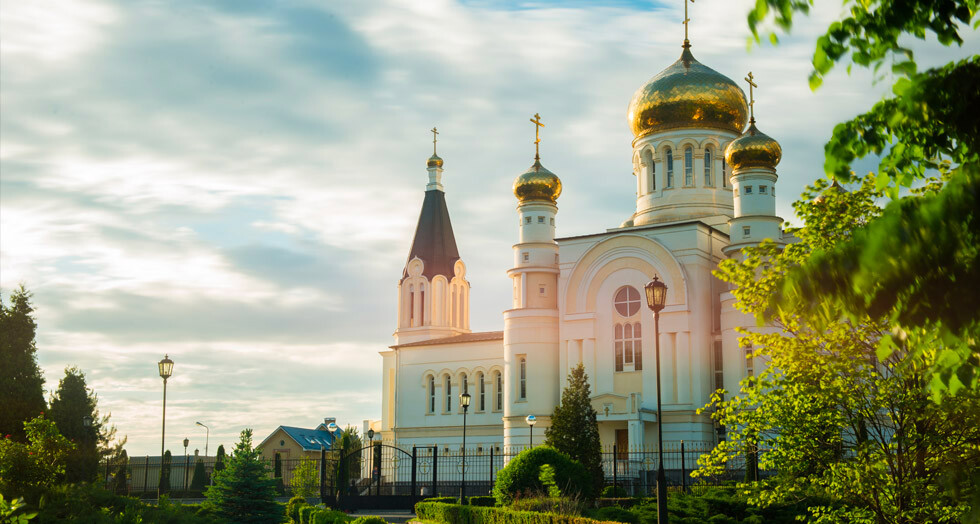
This is a cathedral in the Vladikavkaz Diocese, and it’s dedicated to Saint George, who is especially revered in the republic. The church was built in 1996-2003.
One of the oldest extant churches in Ossetia is located in the city of Alagir. The church, which was designed in the neo-Byzantine style, was built in the 1850s and miraculously avoided destruction in Soviet times.

In 2000, the Alanian Monastery was founded in the Kurtatinsky Gorge, and today it holds the distinction as the monastery situated at the highest elevation in all of Russia. The main church is also dedicated to the Mozdok Icon of the Virgin Mary, the Protector of the Caucasus.
Dear readers,
Our website and social media accounts are under threat of being restricted or banned, due to the current circumstances. So, to keep up with our latest content, simply do the following:
If using any of Russia Beyond's content, partly or in full, always provide an active hyperlink to the original material.
Subscribe
to our newsletter!
Get the week's best stories straight to your inbox